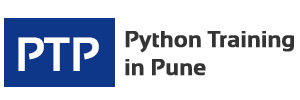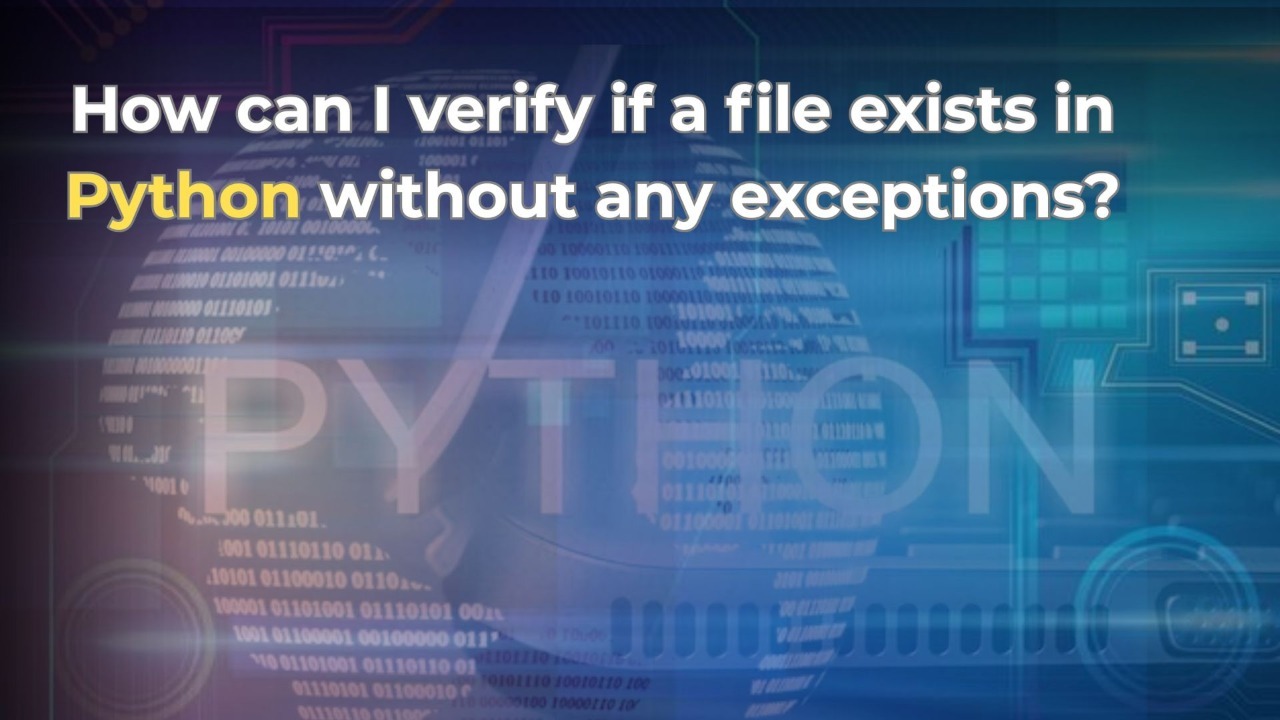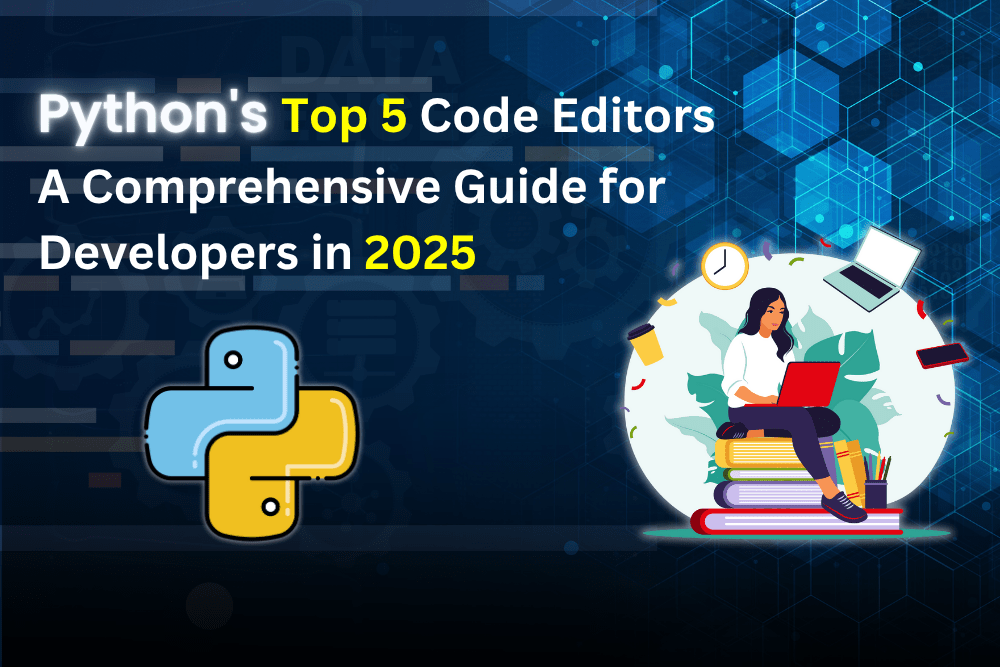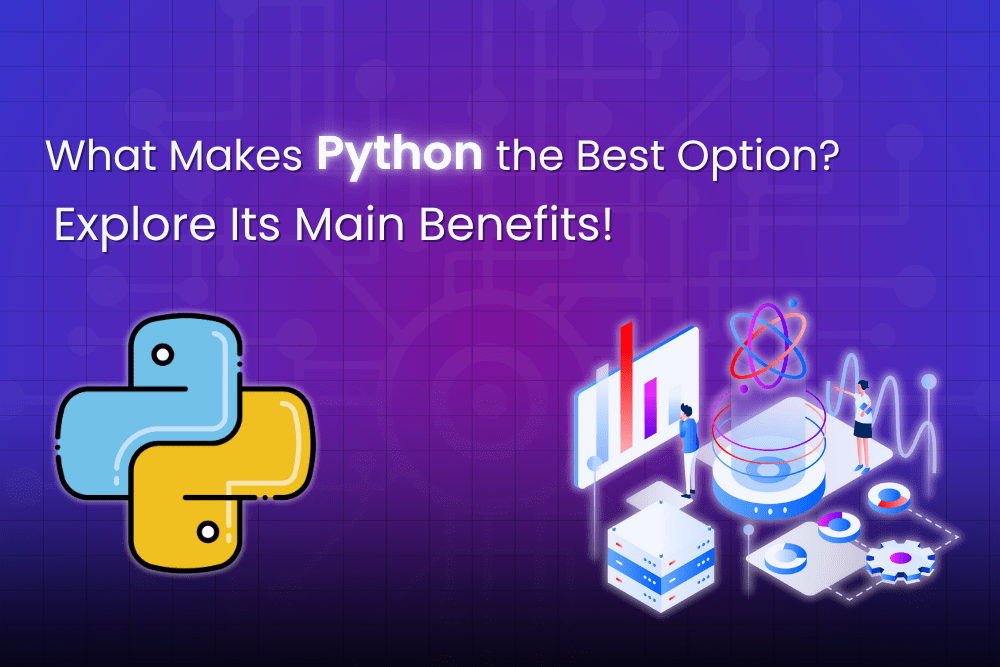Python continues to be one of the most in-demand and beginner-friendly programming languages in the world. With applications spanning from web development and data science to machine learning, automation, and artificial intelligence, Python will be more relevant in 2025 than ever before.
Why Is Python Such a Popular Language?
Python has grown to be one of the most widely used programming languages worldwide, and there are a number of important reasons for this. Python is a popular choice for many applications due to its ease of use and adaptability, regardless of your level of expertise as a developer. This explains why Python is so widely used:
- Simple to Use and Learn
Python is beginner-friendly due to its English-like syntax, which is clear and easy to understand.
Because of its simple structure, developers may concentrate on problem-solving instead of worrying about intricate code.
- Adaptability
Python may be useful in a variety of domains, including web development, data analysis, artificial intelligence, machine learning, automation, and many more. It is a one-stop shop for numerous sectors because of its versatility.
- Strong Community Assistance
The development of Python is supported by a large and active developer community. This indicates that there are a ton of tools, guides, and discussion boards to tremendously assist you in times of need.
- Numerous Frameworks and Libraries
Python offers a wealth of tools and frameworks, including NumPy, Pandas, TensorFlow, Django, and Flask, that may simplify complex tasks. These time- and effort-saving technologies can help developers construct applications more rapidly.
- Inter-Platform Interoperability
Numerous operating systems, such as Windows, Linux, and macOS, are compatible with Python.
For developers who work in a range of environments, this makes it a useful choice.
- Strong Demand in the Employment Market
Python developers are in great demand due to Python’s widespread use in domains including data science, artificial intelligence, and web development. Gaining knowledge of Python can lead to several job prospects.
- Free and Open Source
Because Python is open-source, anybody may use, modify, and distribute it. Its enormous acceptance can be attributed in part to its accessibility.
- Excellent for Testing and Prototyping
Because Python is so simple, developers can quickly prototype and test concepts without having to write a lot of code. For startups and quick development cycles, this makes it perfect.
Learning Python in 2025 is a wise choice, regardless of whether you’re beginning from scratch or moving from another language. But it might be intimidating to have so many tutorials, resources, and learning routes at your disposal. This guide breaks it down into six clear steps to set you up for success.
The easiest approach to learn Python is to attend a Python course in Pune.
Step 1: Understand Why You Want to Learn Python
Spend some time defining your objectives before you start writing code. Because Python is so flexible, your learning path will change based on your goals.
Ask yourself:
- Would I like to work as a data scientist?
- Am I interested in web development?
- Do I want to automate repetitive tasks?
- Am I aiming for a career in AI or machine learning?
- Do I want to build games or mobile apps?
You may steer clear of the pitfalls of hopping aimlessly from one tutorial to another by clearly outlining your objectives. For example:
- Web development: Focus on Flask or Django.
- Data science: Learn NumPy, pandas, and Jupyter.
- Automation: Use libraries like os, shutil, and selenium.
- AI/ML: Dive into TensorFlow, PyTorch, or scikit-learn.
This clarity will help you stay motivated and streamline your learning path.
Step 2: Choose the Right Learning Resources
In 2025, there’s no shortage of free and paid Python learning platforms. However, not every resource is made equally. How to choose the finest ones is as follows:
Learning Style Tips:
- Visual learners: Stick to video-based platforms (e.g., YouTube, Coursera).
- Hands-on learners: Use interactive platforms like Codecademy or Replit.
- Readers: Examine works such as Automate the Boring Stuff with Python by Al Sweigart and Python Crash Course by Eric Matthes.
- Make sure the content is current (2024–2025 editions) to align with modern Python 3.11+ features and tools.
Step 3: Set Up Your Environment and Start Coding
Getting hands-on experience is essential. Start by installing the latest version of Python (3.11 or later). Setting up your development environment in 2025 may be done as follows:
1. Install Python:
- Go to python.org and download the latest stable version.
- Use installers for Windows or macOS, or install via terminal for Linux.
2. Choose a Code Editor:
- VS Code: Still the most popular editor. Lightweight and highly customizable.
- PyCharm: Great for larger Python projects and more advanced users.
- JupyterLab: Ideal for data science and notebooks.
- Replit or Google Colab: Run Python directly in the browser.
3. Learn the Basics by Writing Code:
Start with simple scripts to:
- Print to the console
- Work with variables and data types
- Use if statements, loops, and functions
- Practice list comprehensions and dictionaries
- Use platforms like HackerRank, LeetCode, or Codewars for practice problems and challenges.
Step 4: Work on Real Projects
Setting up your development environment in 2025 may be done as follows: This is the key difference between a beginner and a confident Python developer.
Why Projects Matter:
- Reinforce theoretical knowledge.
- Teach you how to structure code and use libraries.
- Boost your portfolio for job applications.
- Help you discover your areas of interest.
Starter Project Ideas in 2025:
| Goal | Project Example |
| Web Development | Build a blog using Flask or Django |
| Automation | Create a script to sort files on your desktop |
| Data Analysis | Analyze COVID-19 or climate data with pandas |
| Game Dev | Create a Snake game using Pygame |
| AI/ML | Predict stock prices using PyTorch |
| APIs | Build a weather app using the Open Weather Map API |
Use GitHub to store your projects and show them to potential employers. For each developer, version control is an essential ability.
Start Your Coding Journey—Beginner to Advanced Python Courses Available.
Step 5: Learn Python Libraries and Frameworks
Python’s robust library ecosystem makes it a strong language. Depending on your focus, here are the top Python tools you should learn in 2025:
For Web Development:
- Flask—lightweight and flexible.
- Django—Feature-rich and secure for large applications.
- FastAPI—Modern framework for building APIs quickly and with performance in mind.
For machine learning and data science:
- pandas—Data manipulation.
- NumPy—Numerical operations.
- Matplotlib/Seaborn/Plotly—Data visualization.
- scikit-learn—Classical ML models.
- PyTorch—cutting-edge deep learning (growing faster than TensorFlow in 2025).
- LangChain—useful in building LLM-powered Python apps.
For Automation & Scripting:
- Selenium – Automate web browsers.
- Requests—Handle HTTP requests easily.
- Beautiful Soup—Web scraping.
- OpenPyXL—Work with Excel files.
- Click/Typer—Build CLIs with Python.
Pick a couple of tools relevant to your goals and go deep with them. Don’t try to learn everything at once.
Step 6: Join the Python Community and Stay Updated
Python is constantly evolving. Being part of the community will help you stay up-to-date and motivated.
Ways to Connect in 2025:
- Reddit: r/learnpython is still one of the best forums for questions and answers.
- Discord Servers: Like Python Discord, offer real-time help and project collaborations.
- GitHub: Contribute to open-source Python projects.
- Stack Overflow: Ask and answer Python-related queries.
Meetups & Conferences:
- Attend PyCon events (virtual or in-person).
- Join local or global coding boot camps.
Also, subscribe to newsletters like
- Python Weekly
- Real Python
- Import Python
Stay in touch with blogs and YouTube channels that release content regularly on the latest Python trends, libraries, and projects.
Final Thoughts: Python Success in 2025
Learning Python in 2025 is one of the smartest investments you can make in your future, whether you’re aiming for a career change, automating work, or entering fields like AI, cloud computing, or data science.
Here’s a recap of the six steps:
- Define your purpose: Choose your Python path.
- Pick solid resources: Tailor them to your learning style.
- Set up and code: Build your development environment and get hands-on.
- Work on projects: Reinforce learning with practical applications.
- Master libraries: Focus on the right tools for your goals.
- Join the community: Stay inspired, connected, and up-to-date.
Python is easy to start but endless to master—and that’s what makes the journey so exciting. Master Python from the basics to advanced concepts with our expert-led Python courses in Pune.
